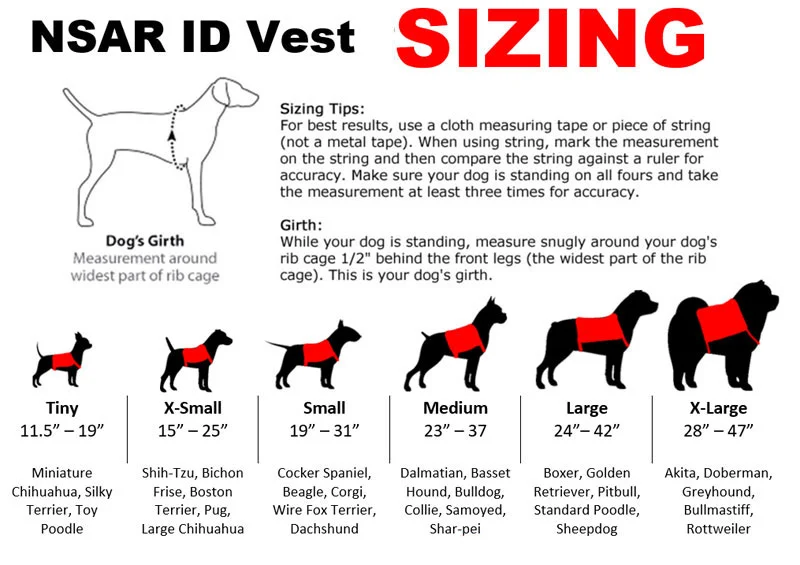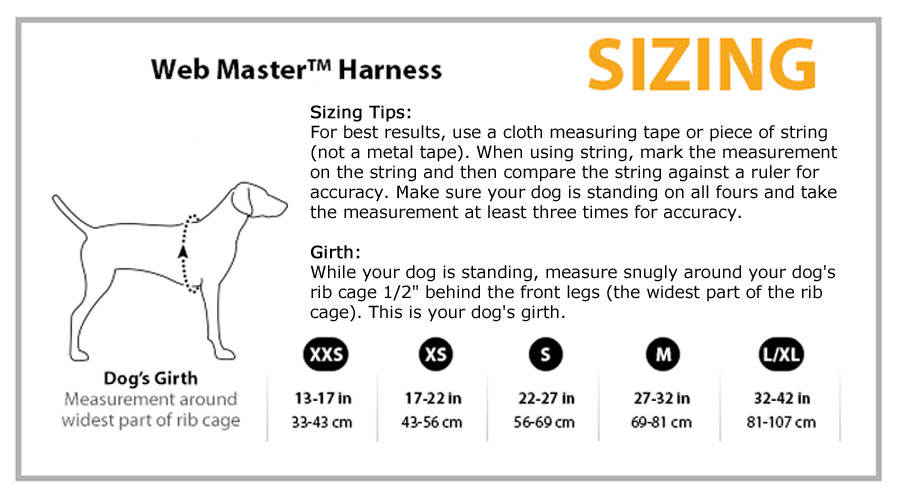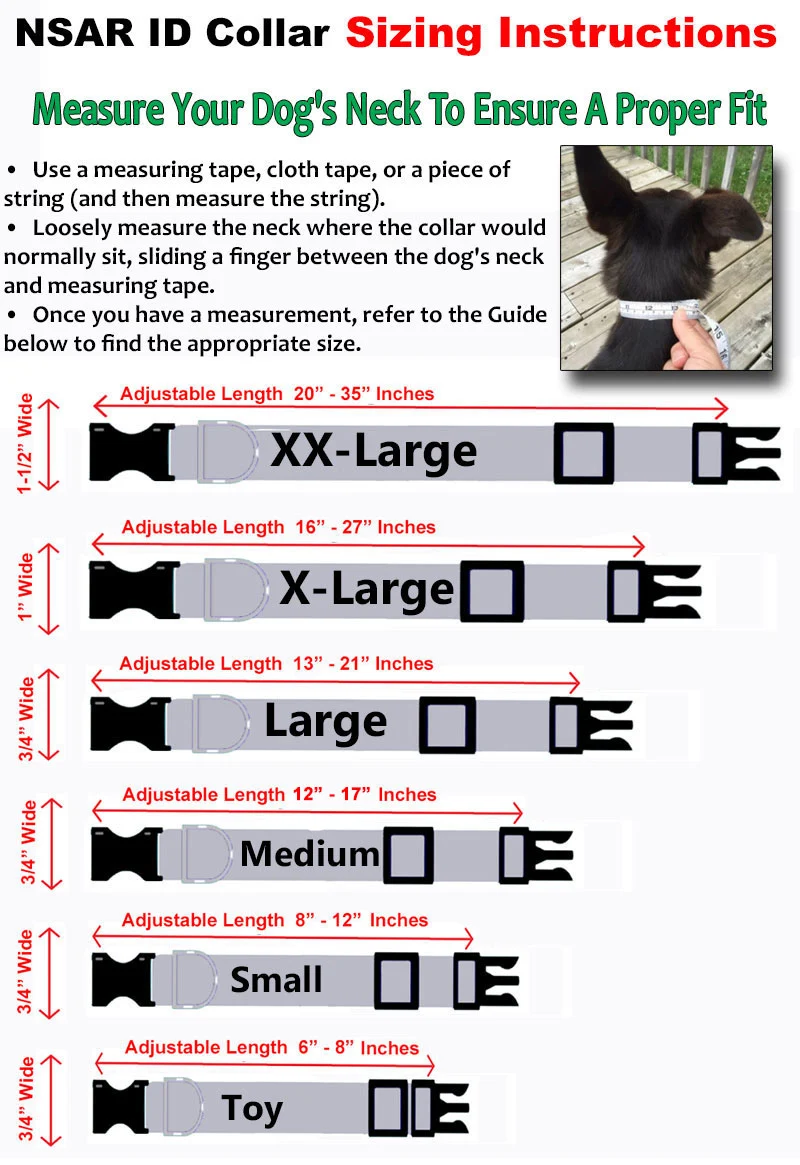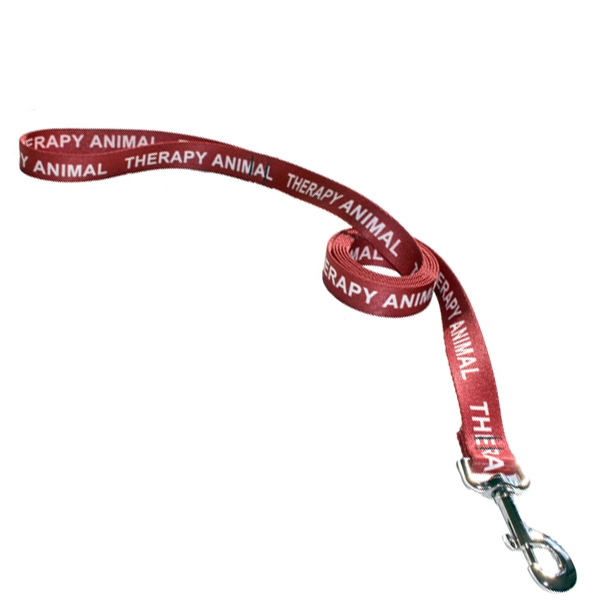
Many people find travelling stressful. Those of us who have Service Dogs or Emotional Support Animals might be nervous about going to an unfamiliar environment, and worried about the journey itself.
Thankfully, we have the right to take our Service Dogs and Emotional Support Animals along when we fly. Both United and Delta welcome certified animals on flights but in most cases, you will need to prepare documentation in advance and follow the rules governing animals on aircraft. Documentation may be required even if your Service Dog or Emotional Support Animal is registered with the National Service Animal Registry (NSAR).
The aim of this article is to provide you with all the information you need so you can prepare for your trip. We will provide links to the required documents, make sure you know all the rules about what to do with your pet in the airport and on the plane, and provide details about who to contact if you have any problems or concerns during the journey. We will also provide contact details and advice about traveling internationally with your Service Dog or Emotional Support Animal.
What documents do I need?
Service Dogs
Service dogs are defined by the airlines as dogs that help people who are blind or visually impaired, are deaf or hard of hearing, have epilepsy, seizures or mobility restrictions.
Delta
Documentation required: Passengers traveling with Service Dogs on a Delta flight may be asked to show a completed Veterinary Health Form and an immunization record or proof that all immunizations are up-to-date within the last year. These forms are available to download here.
How to submit documentation
It is advised but not required for people traveling with Service Dogs to submit these records to the airline prior to travel. Submission can be done online, up to 48 hours before the flight. Click on My Trips and submit using the Accessibility Service Request Form.
Do you have questions?
If you have any questions about the documentation required for your trip, how to submit it or any other concerns about your journey call Delta on 404-209-3434.
United
Documentation required: Passengers traveling with a Service Dog on a United domestic flight are not required to complete documentation. Remember, documents may be required for passengers traveling to international destinations, so check with the appropriate consulate before you travel.
Do you have questions?
If you have any questions regarding documentation or other aspects of your trip, call United on 1-800-228-2744.
Emotional Support Animals
Emotional Support Animals are defined by the airlines as animals that assist people with emotional, psychiatric, cognitive and psychological disabilities.
Delta
Documentation required: Passengers traveling with an Emotional Support Animal on a Delta flight are required to download and fill out three forms.
- Veterinary Health Form or completed vaccination records that show the dates of vaccinations and name of the veterinary office where they were administered. All vaccinations must be up-to-date within a year of the travel date.
- Medical/Mental Health Professional Form confirming the passenger needs to travel with their Emotional Support Animal.
- Confirmation of Animal Training Form.
How to submit documentation
Passengers traveling with Emotional Support Animals must submit the completed forms to the airline prior to travel. Submission can be done online, up to 48 hours prior to the flight. Click on My Trips and submit using the Accessibility Service Request Form.
When you arrive at the airport, visit the check-in desk where a Delta representative will verify your request to travel with your Emotional Support Animal. Passengers must carry paper copies of the forms on the trip.
Do you have questions?
If you have any questions about the documentation required for your trip, how to submit it or any other concerns about your journey call Delta on 404-209-3434.
United
Documentation required: Passengers traveling with an Emotional Support Animal are required to download and fill out three forms.
- Medical/Mental Health Professional Form to confirm that you need to travel with your Emotional Support Animal.
- Passenger Confirmation of Liability and Emotional Support/Psychiatric Service Animal Behaviour Form.
- Veterinary Health Form which includes vaccination information.
How to submit documentation
All documents must be emailed to uaaeromed@united.com up to 48 hours before the time of the flight. If the documentation is not submitted in time or can’t be verified by the airline, the passenger might have to transport the animal as a pet and pay the requisite fees.
Do you have questions?
If you have any questions regarding documentation or other aspects of your trip, call United on 1-800-228-2744.
Can Animals In-Training travel in the cabin?
Service Dogs or Emotional Support Animals In-Training usually do not meet the requirements set by the airlines so the passenger will need to make arrangements for them to be transported as a pet and pay the appropriate fee.
Exceptions: Delta – A Service Dog or Emotional Support Animal In Training will be allowed to travel on a flight if they are being taken to their new owner by a certified trainer or if they are receiving additional training.
Exceptions: United – United allow certified trainers to bring an animal onboard for training purposes but if they are traveling with animals in the normal course of their business they must check them in as a pet.
Are there any reasons why my Service Dog or Emotional Support Animal might not be allowed to travel?
Animals other than dogs and cats are assessed on a case by case basis. Some animals are not permitted at all such as many reptiles, insects, and rodents because of health and safety concerns.
Dogs will be not be allowed to travel in the cabin unless they are under control. They must either be leashed or in a carrier. They may not be allowed to travel if they growl, jump up or bark at other passengers unless this is a trained response. Animals must remain with their owner at all times. Unaccompanied animals are not allowed in the cabin.
Animals may be refused if they are dirty or smell. Animals must not relieve themselves in the gate area or on the aircraft. All US airports are required to have an Animal Relief Area.
Where will my Service Dog or Emotional Support Animal sit on the aircraft?
Animals are expected to sit on the floor and they must not encroach into the floor space of other passengers or the aisle as this would contravene FAA regulations. Animals are not allowed on any seats designed for people, or on the back-seat food trays.
Delta: Animals can sit on the lap of the passenger for all stages of the flight, including take-off and landing as long as they are not bigger than a two-year-old child. If the Service Dog or Emotional Support Animal is too big to occupy the space under the seat, or the passenger’s lap they can be checked in as baggage at no extra cost to the passenger. Alternatively, the passenger can purchase another seat at the price he originally paid. On Delta, animals can use flat-bed seats.
United: United stipulate that an in-cabin kennel can be used as long as it fits in the floor area of the passenger’s seat.
Am I allowed to bring more than one Service Dog or Emotional Support Animal?
Airlines now only permit a single Service Dog and/or Emotional Support Animal on flights. The passenger must ensure there is enough space for them on the floor without them exceeding the footprint of the seat. If there isn’t enough space, the passenger will have to purchase an additional seat, but remember the animal will not be allowed on the seat, only on the floor or the passenger’s lap.
How much must I pay to transport my Service Dog or Emotional Support Animal?
Passengers will not be charged for their Service Dog or Emotional Support Animals as long as they have the correct documentation. On Delta, if they are checked as baggage they will not be charged, and they do not count towards the baggage allowance. Delta also does not charge for transporting items associated with the animal such as their kennel, blanket, toys, and food.
What should I do if I have a problem?
Delta: If you have any problems during your flight or in the airport ask to see a Complaint Resolution Official (CRO).
United: If you have any problems during your flight or in the airport ask to be connected to the United Accessibility Desk 1-800-228-2744.
Additional regulations
Airports with restrictions
Some airports such as Palm Beach International Airport (PBI), Greenville Spartanburg Airport (GSP), and John F. Kennedy Airport (JFK) have additional regulations.
PBI and GSP require animals to be crated from the lobby to the gate. JFK requires animals to go through Transport Security Administration (TSA).
International travel
Some countries have additional regulations such as a requirement to carry a pet passport, additional documentation or quarantine requirements.
Cuba: Service Dogs and Emotional Support Animals will be treated as pets on arrival in Cuba and will need a Pet Certificate. Contact your local Cuban embassy in advance of travel.
Brazil: Service Dogs and Emotional Support Animals are permitted on Delta flights between the US and Brazil, but only trained Guide Dogs are allowed on internal flights within Brazil on Delta’s partner airline, GOL.
Hawaii: Contact the Hawaii Animal Quarantine Branch or check out the Hawaii Department of Agriculture website for information about bringing an animal into Hawaii.
Republic of Ireland: Information about bringing an animal into Ireland is available from the Irish Department of Agriculture Website.
United Kingdom: Information about bringing an animal into the UK is available from the U.K. Government website.
For other international destinations, consult the relevant embassy or consulate in advance of your travel date. If animals aren’t allowed in any of the countries on your route you will not be allowed to fly with them.
Animals coming into the US
According to Center for Disease Control (CDC) regulations, all animals entering the US must be immunized against rabies and proof of vaccination must be given before travel.
Tips for traveling with your Service Dog or Emotional Support Animal
In summary, this is what to do to ensure you have a smooth flight with your Service Dog or Emotional Support Animal.
- Vaccinations: Ensure your Service Dog or Emotional Support Animal’s vaccinations are up-to-date within a year of travel.
- Documentation: Print off and fill in all required documentation well in advance of your flight date.
- Submission of documents: Submit either though MyTrips (Delta) or email uaaeromed@united.com (United) at least 48 hours before your flight.
- Destination regulations: Check out all the destinations on your journey. Ensure that all countries allow transportation of Service Dogs and Emotional Support Animals in the cabin. Check if your destination has additional regulations for traveling with Service Dogs or Emotional Support Animals such as pet passports or quarantine requirements.
- Seating arrangements: Ensure your Service Dog or Emotional Support Animal will not exceed the footprint of your seat. If it is larger, make arrangements to purchase an additional seat or transport your pet in the hold.
- At the airport: Make sure you allow time for your pet to relieve themselves before you take them to the gate. Remember all US airports have an Animal Relief Area.
- Boarding time: If you require additional time to board, arrive at the gate with enough time to make arrangements with airline staff.
Last words
We have the right in law to take our Service Dog or Emotional Support Animal on domestic flights in the US and often overseas. Make sure you are clear about the rules that govern traveling with animals before you fly, and make the necessary preparations. If you have any questions or concerns about your trip, contact Delta on 404-209-3434 or United on 1-800-228-2744 as they will be able to advise you about your specific case.
With some forward planning and preparation, you will be able to enjoy a smooth journey and a successful trip with your Service Dog or Emotional Support Animal. If you want to make your dog a service dog or emotional support animal, click here.


























